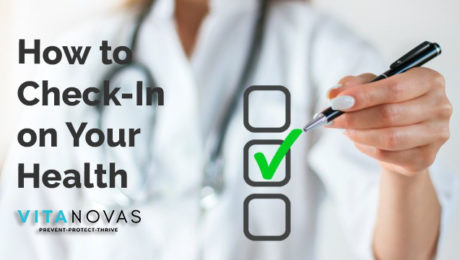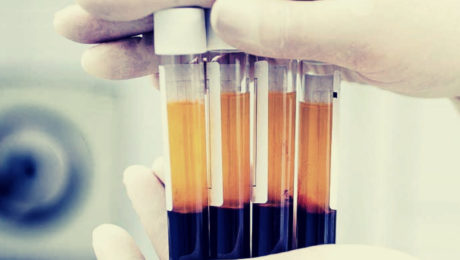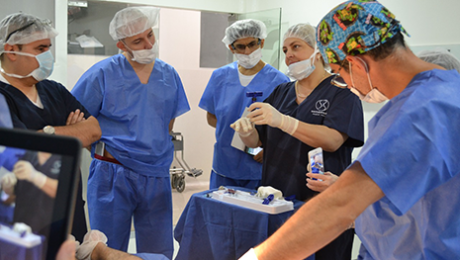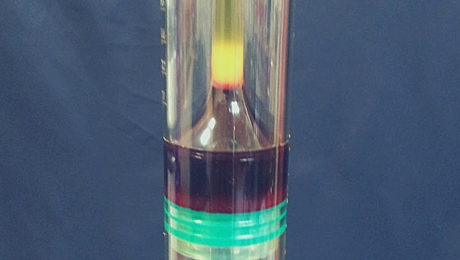How to Check-In on Your Health
Many people say that health is wealth – and this is because, really, many people do not know how important and crucial their health is until a certain part of their body is suffering – at which point they realize that they took their health for granted. However, just like checking your bank statements to verify where your money is being spent, there are several easy ways that you can keep an eye on your health yourself. If you are really concerned, and there might be something seriously wrong with you, a visit to a hospital or clinic might be necessary, but otherwise, there are a few things that you can do right at home if all you need is a simple check. In fact, you’d be surprised at just what you can find out about yourself with just a few simple tests.
Check Your Temperature
One of the easiest ways to simply check on your general health is to take your own temperature. All you need is a digital thermometer, which can be found at nearly any pharmacy, and place it under your tongue for a few moments until it beeps to get a reading. From there, you have an accurate gauge at how ‘hard’ your body is working – the higher the body temperature, the more energy that the body is using.
Blood Pressure
If someone was to ask you what your blood pressure was today, would you be able to even give them a ballpark estimate? While many people do not know exactly what it is, even fewer recognize just how important this metric of bodily function is. High blood pressure, also medically known as hypertension, is one of the leading causes of heart disease – it can be caused from eating lots of salty foods, smoking, or drinking. Additionally, it can also depend on a variety of other internal factors including age, race, family history, and your amount of exercise.
Checking Your Pulse
Checking your pulse, or heart rate, is a simple test that doesn’t require any special equipment. In fact, it is something that people have been doing much the same way for centuries! It is very important to know your resting heart rate, as those with a higher average resting heart rate tend to be more at risk for heart disease than those with a lower heart rate (this is simply because the heart works more), and heart disease remains the leading cause of death in the United States of America.
How to Measure Your Waist
All you need for this is a tape measure, or to look at your pants size. The size of your waist is positively correlated with your weight. To measure it with a tape measure (as, depending on the fit of your pants, it may be the most accurate measure) all you need to do is take the end of the tape measure and bring it around your waist. Tighten it, and you should be able to measure the circumference of the waist. Healthy men are expected to have a waste smaller than 40 in, while women should have a waist lower than 35.
Check for Lumps
This is extremely important, and should be done regularly throughout your life. If you are a woman, you should be regularly checking your breasts for any lumps. This should be done in front of a mirror, as it can often provide a better view. To do this, all you need to do is work your way from the armpits to the nipple and check for any bruises, lumps, or discoloration – in short, anything that looks like it might not belong there. It can be done in as little as five minutes, but it is extremely important and one of the cornerstones to good health. If you find anything that is unusual, the earlier you catch it before it becomes a problem, the better. If you are a man, it is important to examine the testicles in a similar way. Feel around the sack and put a little pressure on the testes to feel for anything unusual. It may feel awkward, but it is far better to be safe than sorry with such a thing.

How Skin Plays into Health
The sun is something that everyone experiences every single day – at least, we should hope so, but this is not always a good thing. It’s warm, comforting rays can actually make human beings more susceptible to skin cancer. It’s important to put sunscreen on, at least 50 SPF before leaving the house every day. If you want to check your skin at home, you can, but there’s a few simple things that you have to keep in mind. Stand Stand in front of a mirror and examine every part of your body. You might want to have someone there to help you in examining your back – you want to look for warning signs that are known as the “ABCDE” Signs.
A is for asymmetrical shape, B is for irregular borders, C is for abnormal color, D is for diameter, and E is for evolving. If a mole is larger than a pencil in diameter, has a weird color, is not an even circle, or changes appearance over time, you should head over to a dermatologist as soon as possible.
Conclusion
These are just a few of the things that you can do at home to check up on your health. It is important to check your health regularly so that you can catch any strange developments early on – Invest in some equipment like thermometers and blood pressure monitors – they don’t have to break the bank, but they do have to be accurate. This is one way that you can keep an eye on your health, to hopefully catch any problems you might have before it’s too late to do so.
- Published in Blog
7 PRP Treatments That Are Popular Right Now
TUESDAY, 10 APRIL 2018 / PUBLISHED IN BLOG
The time it takes to draw a patient’s blood, add a little citrate, and use a centrifugal machine with a PRP kit is only 15-20 minutes. This is the amount of time needed to create Platelet-Rich Plasma, or PRP. This can then be used for many purposes, including speeding up a patient’s recovery. PRP is by far the best healing agent that has growth factors and platelets to help with the healing process, which is also completely free and natural to obtain.
What are The Advantages Of Using PRP Correctly?
It is easy to create PRP simply by placing blood in a centrifuge, but it can have very few, if any, platelets and would otherwise be useless. However, with the right equipment, you can make PRP with up to 7x the amount of platelets. This can be amplified by using fat tissue and collagen fibers to create a PRP matrix.
7 Popular PRP Treatments
1. Facial Treatments
Many skin centers are thriving due to being one of the first to adopt PRP therapies. With the lack of side effects or downtime, it became incredibly popular. These treatments include wrinkle reduction, skin rejuvenation, dark circle and bag erasure, rosacea treatment, and even lip augmentation. One popular and generic treatment option includes combining PRP and a treatment known as microneedling. When this is applied, its effects are similar to Botox or facelifts, for far less cost and side effects.
2. Hair Loss
PRP growth factors can be beneficial when it comes to reversing non-genetic early-stage hair loss. Despite there being a huge market for this, almost no practitioners actually utilize it. Many clients have seen promise after hair thinning, and many have seen beard regrowth over time.
3. Arthritis and Cartilage
Arthritis treatments alone cost patients 6.4 billion dollars in 2013 for the US alone, with projections of up to 9 billion by the end of the decade. However, unlike other treatments, PRP is seen as the only treatment that can not just reduce symptoms but also regrow the cartilage. One of the most popular examples would be treatments for Temporomandibular Joint Osteoarthritis.
4. Anti-aging Properties
When it comes to the anti-aging market, there are endless treatments and procedures available. Yet, none of them even stand close to the effectiveness of PRP therapy. PRP combined with microneedling can be highly effective for stretch marks, acne scars, breast augmentation, and even skin conditions like Lichen Sclerosus.
5. Pain Relief and Musculoskeletal Healing
There are numerous treatments in this category, many of which are incredibly more effective than leading treatments. These include healing rotator cuffs, tennis elbow, Achilles tendonitis, patellar tendonitis, back pain, hip and pelvic problems, degenerative disc disease, golfer’s elbow, labral tear, bursitis, neck pain, avascular necrosis, and even pain related to nerve regeneration. Almost all of these treatments, unlike those in other categories on this list, also use ultrasound guidance when injecting the PRP directly into the affected tissue. This can allow patients to see fantastic results in as little as two weeks.
6. Fertility
Ovarian rejuvenation is where PRP is injected directly into a woman’s ovaries. This is meant to help reverse menopause and help lower fertility issues. This treatment can even be used for sexual regeneration. Although similar, this treatment is not the same as other treatments where PRP is injected into the vagina and is supposed to treat looseness, dryness, low sex drive, and incontinence.
7. COPD (Chronic Obstructive Pulmonary Disease)
Allergies, asthma, and COPD are among the growing list of conditions that PRP is being used to treat. For this to work, the PRP is mixed with a saline solution and then, using a nebulizer, inhaled, helping to regenerate lung tissue. Although it can take up to two months for patients to see the effects, many are seeing improvements. Almost 1 million people suffer from COPD a year, so anything that can help treat the condition is beneficial.
The Future of PRP
PRP has been trending rather well in recent years and seems to be here for the long term. Not only is it a fully natural remedy, but it is one that works better than most, if not all, traditional treatments. Many like it due to the fact that there are few side effects, it only takes a short amount of time, and there is no recovery period.
PRP has been adopted by thousands of clinics and practices throughout the US and the world. The demand for these treatments has been increasing almost faster than practices are choosing to provide them. Many patients are even willing to travel long distances just to receive these treatments.
So, are you providing PRP treatments yet?
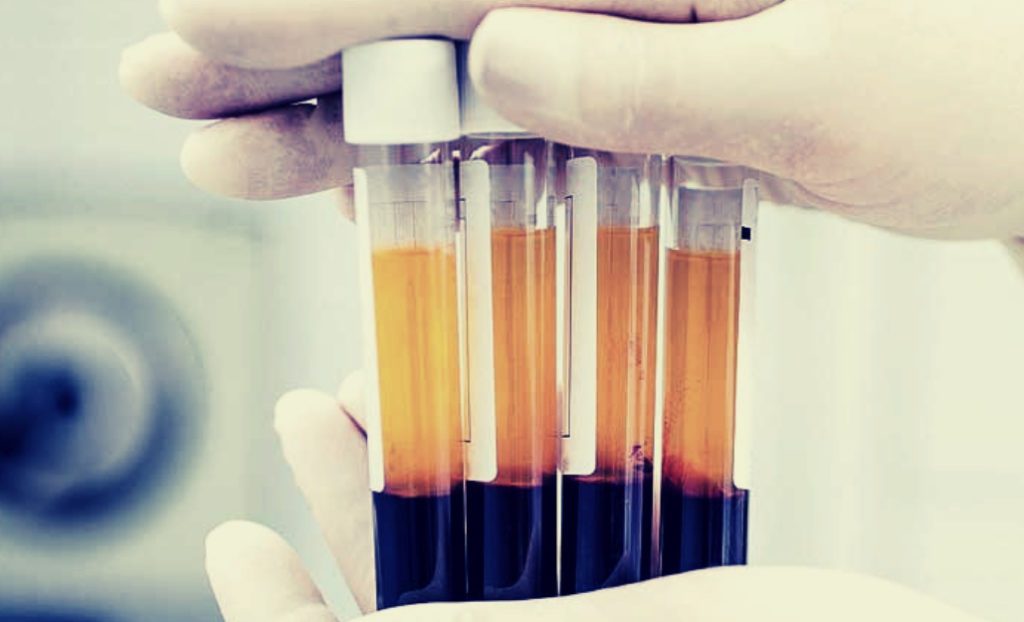
- Published in Blog
Why Should you Include PRP In Your Medical Practice?
MONDAY, 26 MARCH 2018 / PUBLISHED IN BLOG
Platelet-Rich Plasma (PRP) has been a lifesaver for many medical practices, reigniting physicians’ passion for medicine. Not only is it 100% derived from the patient’s own body, but it is also natural and comes with minimal side effects. PRP can treat a wide range of medical conditions, often outperforming other treatment options.
The Simplicity of PRP
One of the most compelling reasons to include PRP in your practice is its simplicity. With an initial investment of about $1000, you can start offering PRP therapies. The equipment is relatively inexpensive and pays for itself quickly.
Long-Term Popularity
PRP is not a passing trend. It has been gaining popularity for years and shows no signs of slowing down. The market for PRP therapies is expected to reach nearly $500 million within the next decade, with an annual growth rate of 12.5% since 2015.
High Patient Satisfaction
Patient satisfaction is another significant advantage. In certain cases, satisfaction rates have been as high as 95%. Patients are often surprised by the efficacy of PRP, believing that their conditions could not be reversed or halted without side effects, downtime, and invasive surgeries.
Meeting the Growing Demand
Now is the time to start including PRP in your practice. The supply is low, but demand is booming. PRP therapies hold great promise, especially when combined with other treatments to increase efficacy. Since no standard has been established, you have the opportunity to set these standards yourself.
Be a Pioneer in PRP Therapy
It is vital that more doctors utilize PRP therapy to become pioneers in this field. PRP has the potential to revolutionize medicine, and missing out would not be a smart option.
Versatility Across Specialties
PRP can be utilized in almost every field and specialty, from sports medicine and pain management to skin rejuvenation, hair care, and even urology. Most physicians who use PRP treatments have also seen higher patient retention rates.
Conclusion: A Smart Addition to Your Practice
So, is there a legitimate reason not to add PRP to your practice? With its simplicity, high patient satisfaction, growing popularity, and versatility, PRP is a smart addition to any medical practice. Start offering PRP treatments and watch your practice thrive.
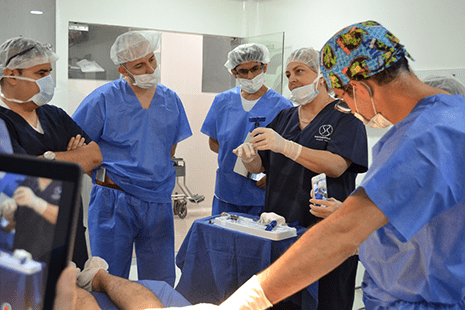
- Published in Blog
How To Choose A Platelet-Rich Plasma (PRP) Kit
MONDAY, 26 MARCH 2018 / PUBLISHED IN BLOG
Platelet-Rich Plasma (PRP) extraction methods have sparked debate due to varying reliability. Understanding how to select the best PRP kit can resolve these concerns and optimize treatment outcomes.
The Importance of Using a PRP Kit
Merely centrifuging blood in a test tube—often termed “bloody PRP”—is ineffective and may contain excessive red and white blood cells, potentially causing post-injection flare-ups. In contrast, PRP kits can concentrate platelets up to 5-7 times baseline levels, crucial for effective treatment.
Characteristics of a Good PRP Kit
Choosing the right PRP kit hinges on its ability to control platelet concentrations and eliminate unwanted cells, tailored to specific medical conditions.
Gel Separators
Kits with gel separators separate blood components via osmosis, retaining plasma and platelets while removing red and white blood cells. This method achieves modest platelet concentrations.
Buffy Coat
PRP kits that feature a buffy coat layer offer higher platelet concentrations (5-7 times baseline). The buffy coat, composed of platelets and white blood cells, is separated from red blood cells to minimize contamination.
Buffy Coat with Double Spin
Optimal for PRP quality, this kit further purifies the buffy coat by eliminating red blood cells through a second spin. This results in highly concentrated PRP with minimal red blood cell presence.
Biosafe Kit
Regarded as one of the best on the market, the Biosafe kit provides precise control over PRP production. It yields approximately 10cc of product, which can be double-spun for optimal platelet concentration. Users can customize the final product by choosing the inclusion or exclusion of red blood cells.
Understanding Leukocyte-Poor PRP
Leukocyte-poor PRP excludes white blood cells, which some believe may trigger inflammation and hinder growth factors. However, others argue that leukocytes are crucial for healing responses, promoting tissue regeneration and enhanced growth factor presence.
Choosing Filters for Leukocyte Reduction
To achieve leukocyte-poor PRP, practitioners can utilize Leukocyte Reduction (LR) filters like the CIF-LR filter, which efficiently separates white blood cells via electrostatic attraction. This ensures minimal clogging and filters out up to 99.99% of white blood cells.
Supporting Evidence for PRP
Despite skepticism, PRP’s efficacy is backed by extensive scientific research spanning decades and over 6000 studies. Patient willingness to pay out-of-pocket further underscores its perceived effectiveness, highlighting its growing popularity despite insurance coverage limitations.
Conclusion: Integrating PRP Into Practice
Choosing the right PRP kit is pivotal for optimizing treatment outcomes and patient satisfaction. With its proven benefits and increasing demand, integrating PRP into your medical practice offers a promising opportunity to enhance patient care and treatment efficacy.
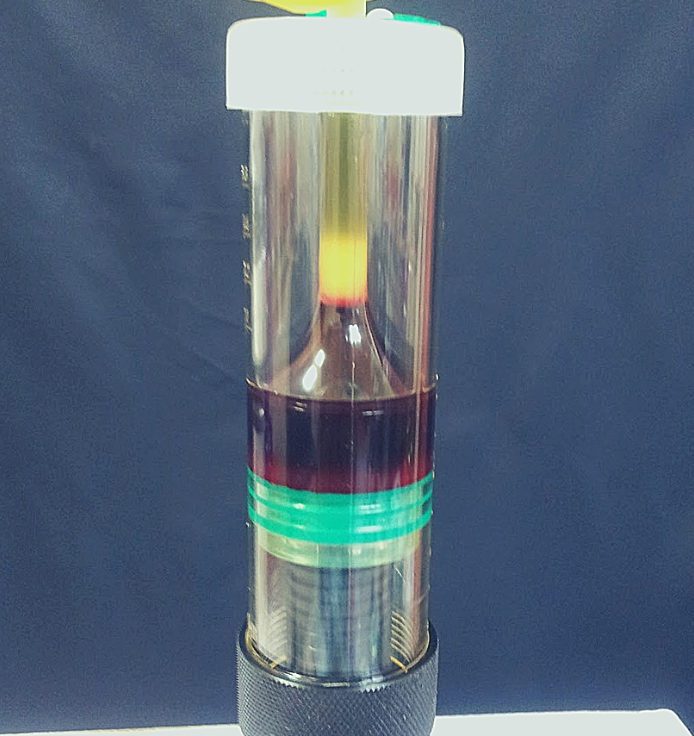
- Published in Blog


